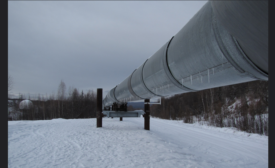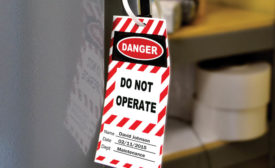Government Safety Regulations
Guardrails, nets & fall arrests
Set up your fall protection system early in the work process
September 12, 2019
OSHA spells out FR protection specifics
Do your workers understand the hazards?
September 12, 2019
Feds are working on drone traffic management systems
Tests are promising
September 12, 2019
Managing Process Changes
Visibility, collaboration and workflow control are all key
September 9, 2019
How to de-energize equipment
Force guided relays maintain machine guarding circuit integrity
September 9, 2019
Never miss the latest news and trends driving the safety industry
eNewsletter | Website | eMagazine
JOIN TODAYCopyright ©2024. All Rights Reserved BNP Media.
Design, CMS, Hosting & Web Development :: ePublishing










